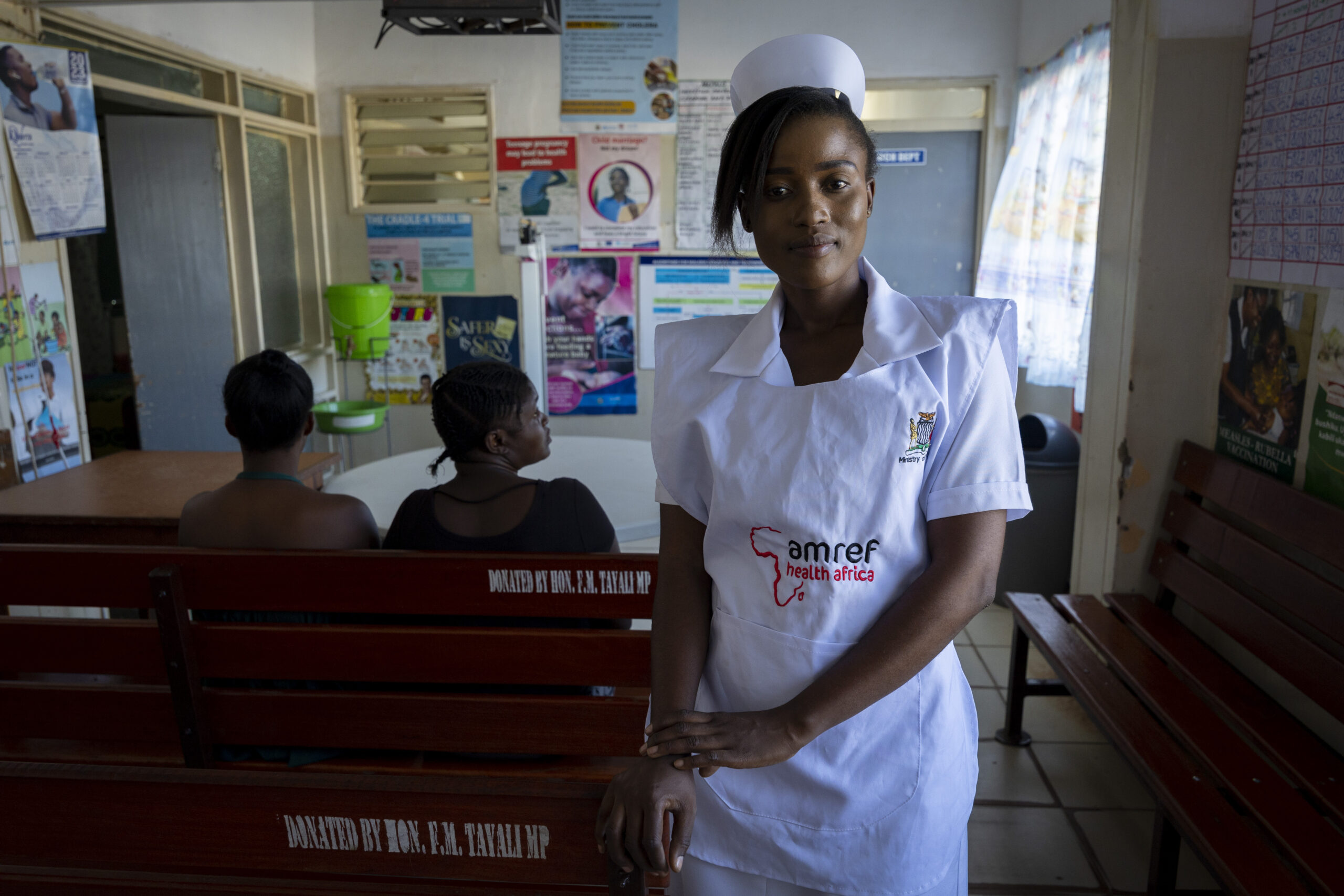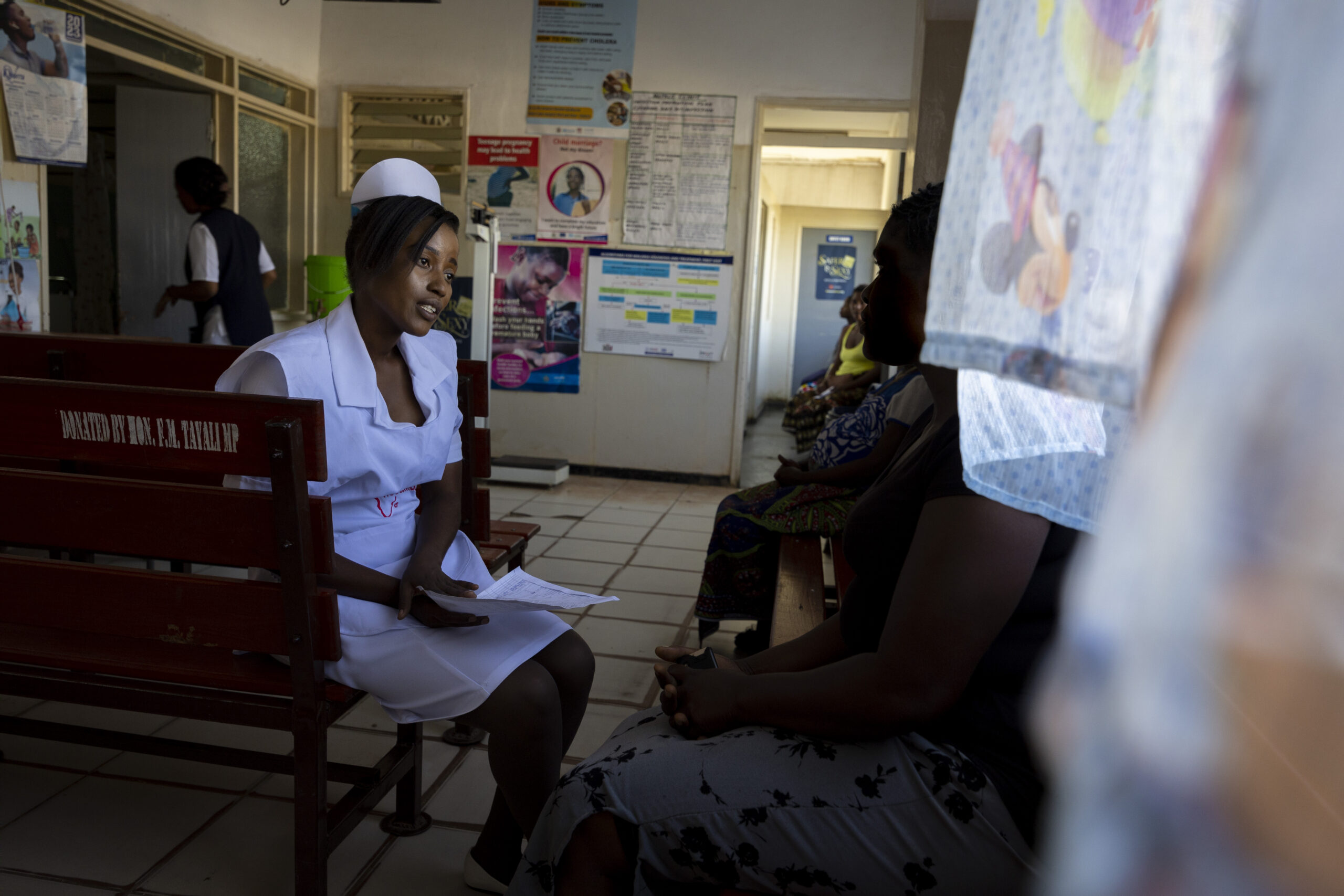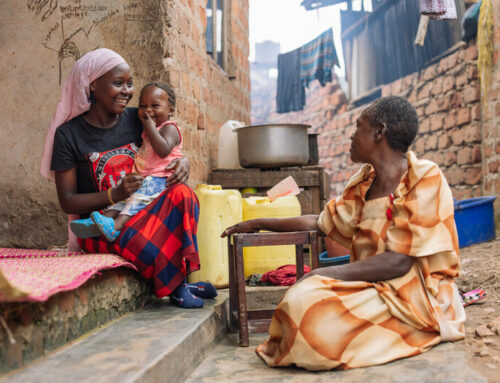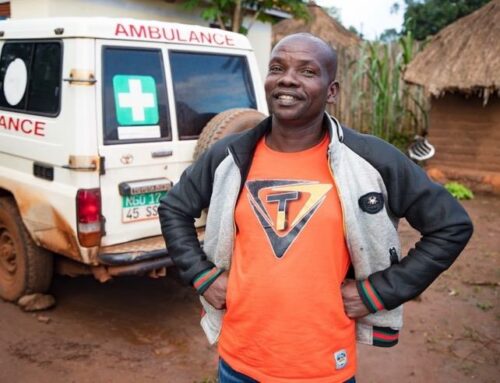Field Updates
Meet Theresa, the midwife in charge of the Mapalo Health Center
Story by Wesley Koskei
The Mapalo Health Center (MHC) in Northern Zambia provides primary health care services with a catchment area of nearly 50,000 people. It is located just outside of Ndola city, in Northern Zambia. When speaking to a bubbly mom holding her six-month-old baby in the waiting area, she describes the delivery room as a place of more pain than you could ever imagine was possible without death. But also, she shares, that it’s a place of more joy than you could ever imagine when you finally hold your baby.
In many labor wards in rural areas, death is a reality that could claim a mother’s life or snatch a young baby’s life before it even begins. Most of the deaths reported at the delivery ward here are attributed to complications that go undetected because pregnant moms didn’t or weren’t able to seek prenatal care. “Delivering a macerated stillbirth makes you feel heartbroken,” says Theresa, a midwife who has found herself in the uncomfortable position of delivering devastating news to new moms. “How do you tell a mother who has waited for a baby for nine months that the baby did not cry,” she wonders. “It is such a difficult thing.”
As a young girl, Theresa cared for her dad, who was suffering from chronic diabetes. The challenges and charms of managing a loved one in a critical condition motivated her to work in medicine and planted a seed to serve her community. After a few years working as a nurse, Theresa specialized in becoming a midwife and is now the midwife in charge of the Mapalo Health Care Center.
She, like Josephine, is among the 1,500 healthcare workers trained by Amref Health Africa in Zambia through the Closing the Gap project in emergency response and handling high-risk situations in maternal health, obstetrical and newborn care. There are many happy occasions when Theresa comes out of the labor ward smiling. One evening, she was helping a mom who was in seriously critical condition, but together with an assistant, they were able to stabilize her before she got her to the hospital in the city. “There are times we have emergencies in [the] labor ward where you see how a patient’s condition is deteriorating. But with the knowledge and the skill that has been imparted to me, I’m able to save that life,” she says.
Photos of Theresa at the Mapalo Health Center! Photo Credit: David Brazier
Sharpening midwives’ skills at primary health facilities is critical so they can support mothers and their children more confidently. “You know what else makes me happy? When I come in [the] labor ward, and I deliver a live baby, that makes me feel good,” she smiles.
The Amref’s Closing the Gap project also focused on interpersonal relations and building relationships between healthcare facilities and communities through the SMILE campaign. “With a smile, I’ll be easy to approach. I’ll be able to get the nitty-gritty and the hidden things that this patient did not even reveal to their relatives at home. But they will find comfort in me and explain generally what they are feeling,” says Theresa. For adolescents, the project focuses on a friendlier message about their health to help them feel less shy or afraid to seek medical attention, like for family planning.
We asked Theresa what makes a good midwife, and she said, “Putting yourself in the shoes of these patients, even as they approach you, and having a caring, loving heart for patients will make you a good midwife. But a midwife with a good attitude is a super midwife!”






